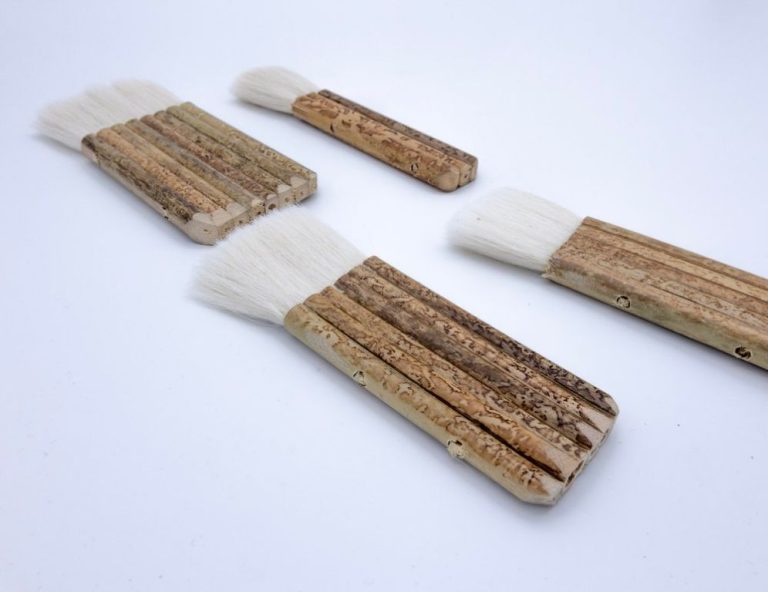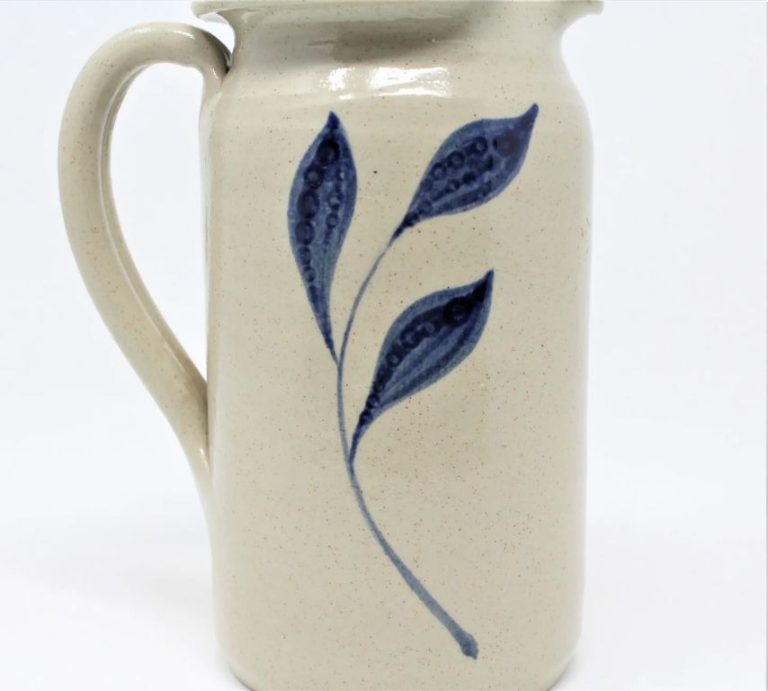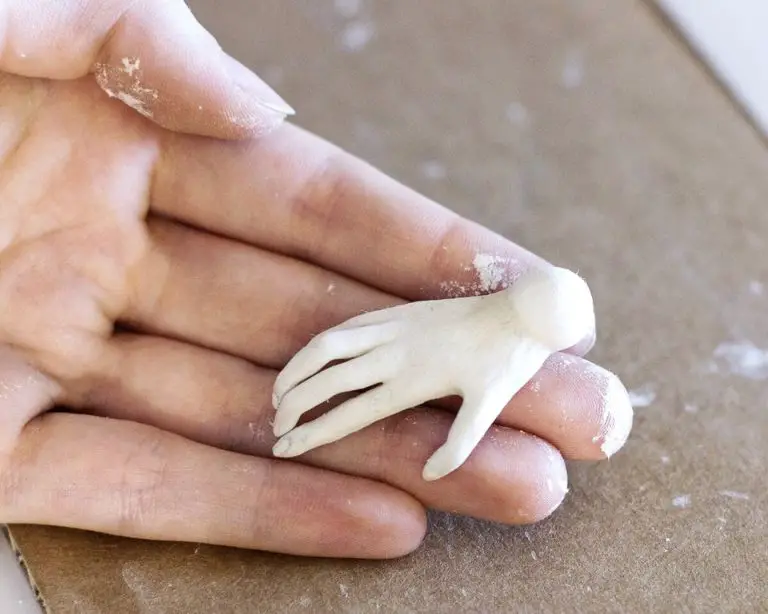What Pottery Was Made In Zanesville Ohio?
Zanesville, Ohio is located in Muskingum County along the Muskingum River in east central Ohio. Settled in 1797, Zanesville grew quickly as a transportation and manufacturing hub due to its location along major stagecoach routes and waterways like the Ohio and Erie Canal.
By the mid-1800s, Zanesville had emerged as a major center for pottery production. Its location provided easy access to important natural resources used in pottery making, including high-quality clay and coal for firing kilns. The area surrounding Zanesville contained rich deposits of kaolin, ball clay, and flint – key ingredients for quality pottery. Abundant forests also provided fuel for the large coal-fired kilns needed to fire pottery.
With its wealth of natural resources and location along major transportation routes, Zanesville offered an ideal environment for pottery companies to establish factories and distribute their wares widely. Dozens of potteries flourished in Zanesville over the late 19th and early 20th centuries, earning the city the nickname “The Pottery Capital of the World.”
Rise of Pottery Production
Zanesville emerged as a major center of pottery production in the early 1800s due to several factors. The availability of high quality clay along the banks of the Muskingum and Licking Rivers was key in attracting potters to the area https://woub.org/2013/07/17/historic-contemporary-ohio-pottery-zanesville-museum-art/. Zanesville also benefited from excellent transportation access via the newly built National Road and Ohio & Erie Canal, allowing pottery to be easily shipped to major markets.
Some of the earliest pottery companies founded in Zanesville in the 1810s-1820s included Weller Pottery, Jackson Pottery, and Blue Bird Pottery. The pottery produced was mainly utilitarian stoneware and earthenware, including crocks, jugs, bowls, and jars. Companies like Weller Pottery, established in 1872 by Samuel Weller, began experimenting with higher quality porcelain and decorative art pottery as production grew more sophisticated later in the 19th century https://www.zanesvilletimesrecorder.com/story/news/2019/07/03/pottery-heir-and-collector-car-share-history/1571748001/.
Wellsville Pottery
Wellsville Pottery was founded in 1872 in Wellsville, Ohio by James W. Taylor. Initially, the company produced Rockingham-style yellowware. By the 1880s, they had expanded into making art pottery and majolica-style pottery using innovative techniques like metallic lusters and slipped glazes [1].
Some of their most notable pottery lines included their Etruscan majolica and Chocolate sets which featured rich chocolate browns and bright jewel-toned glazes. They were best known for their high-quality porcelain including their popular Wildflower and Clematis patterns [2]. The company embraced new styles like art nouveau in the early 20th century.
Wellsville Pottery had a major influence on the art pottery movement in the US. Their innovative designs and production methods inspired potters like William Long and artists at the Rookwood Pottery. Though the company closed in 1905, Wellsville porcelain remains highly collectible today for its artistry and significance in US ceramic history.
Zanesville Stoneware Co.
The Zanesville Stoneware Co. was founded in 1894 in Zanesville, Ohio by George G. Fenton. The company focused on producing functional stoneware for home and commercial use, including jugs, crocks, mixing bowls, and other kitchenware items.Ohio Stoneware – Products, Catalog
The stoneware was made using local clay and fired in large gas kilns at high temperatures, giving it a durable, non-porous surface. The stoneware was finished with an alkaline glaze that made it non-absorbent and ideal for storing liquids and food.Zanesville Pottery | Your Exclusive Pottery Retailer
The Zanesville Stoneware Co. operated from 1894 until the mid-1950s, when plastics began replacing stoneware for kitchen items. During its heyday, the company produced a wide range of functional as well as decorative stoneware in classic shapes and patterns like Blue Willow.Ohio Stoneware The sturdy stoneware from Zanesville Stoneware Co. is still sought after by collectors today.
J.B. Owens Pottery
J.B. Owens Pottery was founded in 1894 by John Bell Owens, who had previously worked at Knowles, Taylor & Knowles pottery in East Liverpool, Ohio. Owens moved to Zanesville and opened his own pottery near the Baltimore and Ohio Railroad line. The company quickly became one of the largest and most successful potteries in Zanesville.
J.B. Owens Pottery produced a wide variety of utilitarian stoneware, art pottery, and mosaic tiles. Some of their most popular lines included Blue Art, Turquoise, Lustre Decorator and Matte Green. They were known for their rich, saturated glazes in bold Art Nouveau and Arts & Crafts styles. J.B. Owens recruited talented artists and chemists to develop innovative glaze recipes and decorative techniques.
The company grew substantially in the early 1900s as they expanded production and improved kiln technology. By the 1920s, J.B. Owens was operating around the clock and employed over 300 workers. The pottery remained under Owens family management until 1945 when it was sold and transitioned to focus on commercial tile manufacturing (Wikipedia).
Mosaic Tile Production
Zanesville became a leader in mosaic tile production in the late 19th and early 20th century. Major mosaic tile companies like The Mosaic Tile Company were established in Zanesville in 1894 and quickly grew to over 500 employees. Mosaic specialized in unique octagonal, hexagonal, and square floor tiles that were praised for their artistry and design.
Other major mosaic tile producers in Zanesville included The Star Encaustic Tile Company, Imperial Tile Works, Federal Encaustic Tile Company, and Western Encaustic. These companies produced beautiful mosaic tiles in vivid colors and patterns, influencing the American Arts and Crafts movement. Tiles were often designed with floral motifs, geometric shapes, or depictions of people and animals. The intricate mosaic tiles became popular for decorating floors and walls in homes, churches, schools, and public buildings across America in the early 1900s.
Production peaked in the 1920s, when Zanesville was considered the mosaic tile capital of the world. Over 2 million mosaic tiles were produced per day. However, the labor-intensive process became less competitive as mass manufacturing techniques advanced. Most mosaic tile producers had closed by the 1950s, but their artistic legacy remains in structures across the country.
Influence on Art Pottery
The potteries of Zanesville had a major influence on the American Art Pottery movement in the late 19th and early 20th centuries. Zanesville was a hub for artistic experimentation and innovation in glazes and coloring techniques. Prominent Zanesville artists like Frederick Hurten Rhead, George Dunham Howson Taylor, and Lonhuda created unique glazes and innovative designs that made Zanesville a leader in the art pottery scene.
Frederick Hurten Rhead was one of the most influential potters in launching the art pottery movement in Zanesville and across America. After training in England, Rhead moved to Zanesville and began developing the matte glazes and earthy styles that defined Zanesville pottery’s aesthetic. His distinct matte glazes like the “Rhead Faience” glaze became widely copied by other studios [1].

George Taylor, the chief designer at the Zanesville Stoneware Company, was another pioneer in the Zanesville art pottery scene. His Cobalt Blue glaze produced a deep sapphire color that was famously used on Zanesville vases. Taylor also developed the unique Crystalline glaze that created a crackled texture on Zanesville pottery [2].
The innovations driven by Rhead, Taylor, and other Zanesville artists cemented the city’s reputation as a center for artistic pottery that influenced studios across America.
Prominent 20th Century Potters
Zanesville produced many prominent art potters in the 20th century who left a lasting legacy in the American studio art pottery scene. Some of the most influential include:
Anne Valentine Burgess (1892–1991) was born in Zanesville and studied at the Columbus School of Art. She was hired by Weller Pottery in 1930 where she perfected her sgraffito designs. She married Frederick Hurten Rhead in 1933 and they produced pottery as Rhead Pottery. She was known for her carved and incised florals on matte glazes. Burgess worked at Roseville Pottery from 1936-1954 where she became known as the Lotus Lady for her stylized lotus blossom designs. Examples of her pottery are in the collections of the Smithsonian American Art Museum.
Waylande Gregory (1905-1971) achieved fame for innovative Art Deco sculpture and vessel forms. He apprenticed at Cowan Pottery in Rocky River, OH in the 1920s. He then moved to New York City and established his own studio, producing sculpture and ceramic works that pushed technical boundaries. Gregory was known for large-scale figurative sculptures at the 1939 World’s Fair. He developed innovative electric kiln technology that allowed firing of large-scale ceramic works. Examples are at the Metropolitan Museum of Art.
Viktor Schreckengost (1906-2008) was recognized as one of America’s preeminent industrial designers of the 20th century. He was born and raised in Sebring, OH near Alliance. He apprenticed at the Rookwood Pottery in Cincinnati and taught at the Cleveland School of Art. Schreckengost designed many classic Jazz Age ceramics for Cowan Pottery in the 1930s, including the famous Jazz Bowl. He helped design the first cab-over-engine truck and worked on design projects for NASA. His works are in the collections of the Cleveland Museum of Art.
Decline of Pottery Industry
The pottery industry in Zanesville started to decline in the late 1900s for several reasons. Many pottery companies struggled to compete as manufacturing moved overseas where labor was cheaper. Improved transportation also allowed companies to more easily ship pottery long distances, so being located near raw materials was less important.
The final major blow was when three of the largest remaining pottery companies closed down in quick succession. In 1980, Roseville Pottery, once the largest pottery employer in the city with over 1,000 workers, ceased operations after over 100 years in business [1]. Weller Pottery closed in 1982 after nearly 120 years. Then in 1990, the Imperial Porcelain factory, which opened in 1901, closed its doors for good.
These closures of major historic pottery companies effectively ended large-scale pottery production in Zanesville. Some smaller art pottery studios remained, but the city’s identity as a pottery manufacturing hub was lost as the industry collapsed.
Legacy and Influence
Although the pottery industry in Zanesville has diminished over the years, its influence and legacy live on in important ways. Zanesville art pottery impacted the wider pottery industry through its innovative designs, glazes, and production methods. For example, Weller Pottery patented the “Louwelsa” matte red glaze that became widely copied by other studios. In terms of design, Zanesville potters promoted the simplicity of the Arts & Crafts style that influenced many 20th century ceramics companies. They also pioneered production techniques like high fire reduction firing. The technical mastery and experimentation of Zanesville’s potters set new standards for American art pottery.
Today, Zanesville pottery maintains prominence through its presence in major museum collections and exhibits. The Zanesville Museum of Art has an extensive collection of local ceramics. The Cincinnati Art Museum, Metropolitan Museum of Art, and Smithsonian also showcase remarkable examples that illustrate Zanesville’s key role in American decorative arts history.





